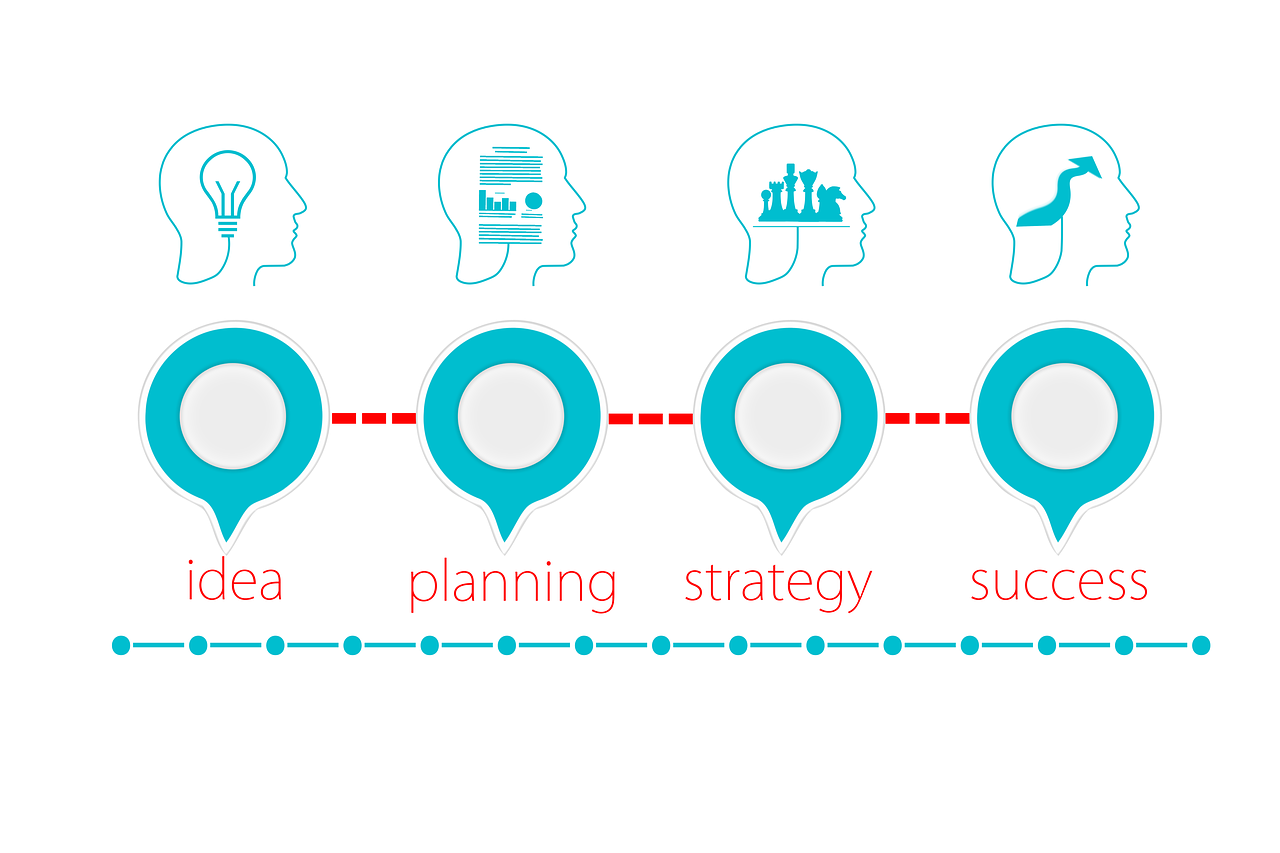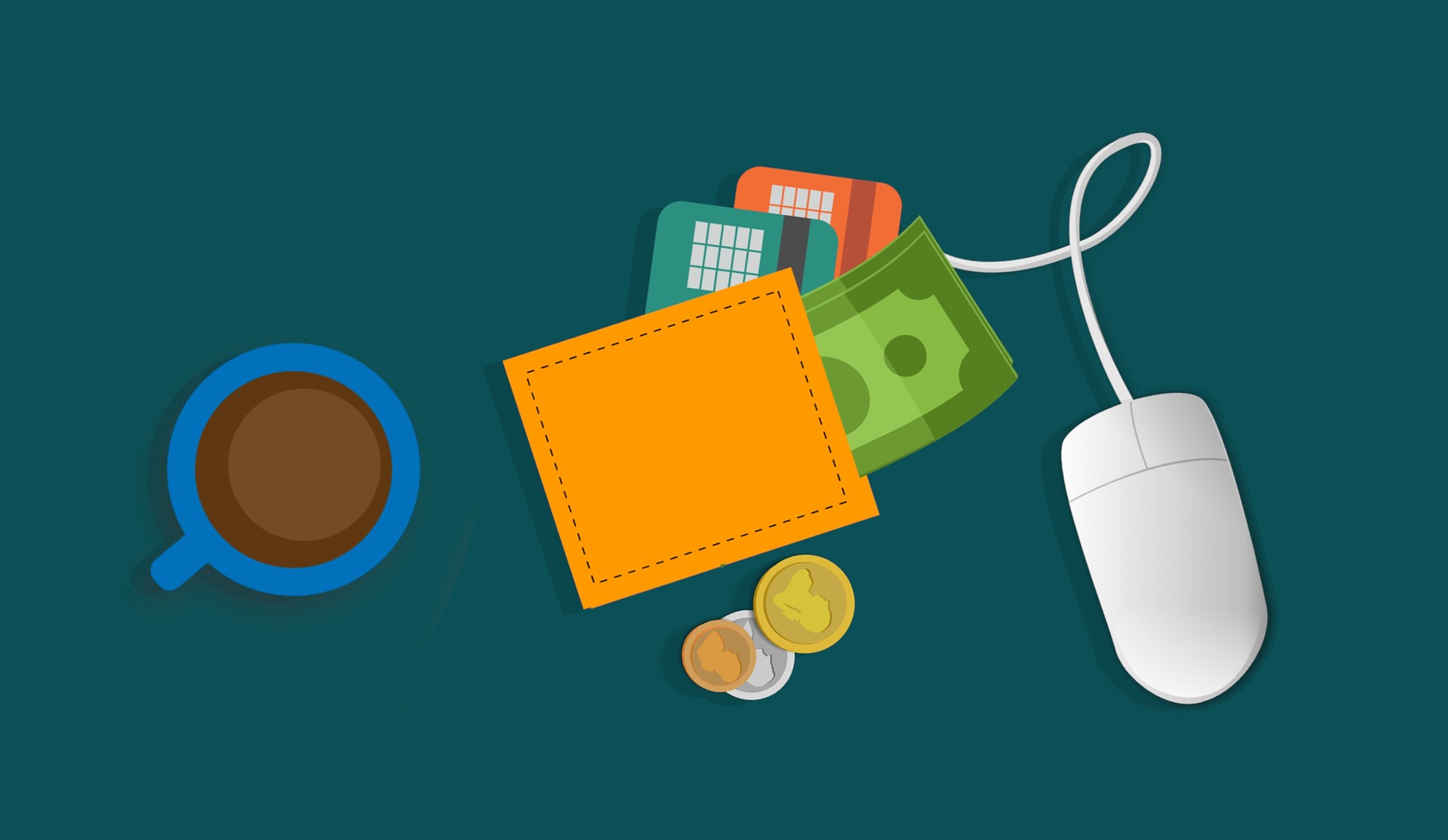The purchasing process is an important concept in business. Appropriate organization of purchases is one of the key elements of efficient business management. The consumer's purchasing process begins long before using the offer, and its consequences reach far into the future. What exactly is the purchasing process? How is the purchasing process optimized and improved in the organization? We show you how to guide your customer step by step through various stages of the purchasing process!
What will you learn from the article?
In the world of e-commerce, understanding and optimizing the purchasing process is crucial for every entrepreneur. From the moment you make a purchase decision to completing the transaction with proper after-sales service - every step is of great importance.
What does the optimal purchasing process look like? What is the seller's role in this process and why is it important to know how a customer makes a purchase? In this post, we will take a closer look at what a purchasing process scenario is and what steps should be taken to implement an effective purchasing strategy.
Thanks to our guide, you will learn how to effectively plan every element of the purchasing process, from sourcing, through optimization, to finalizing the transaction. We invite you to read and discover how you can improve your activities to meet customer expectations and build lasting relationships based on trust and satisfaction.
- What does the optimal purchasing process look like?
- Sourcing in the purchasing process, i.e. optimization in e-commerce
- What is the seller's role in the purchasing process?
- Why is it important to know how a customer buys?
- What is a purchasing process scenario?
- How to plan the implementation of a purchasing strategy step by step?
From making decisions to completing the transaction with appropriate after-sales service - a step-by-step purchasing process
Effective sales is the main goal of every company. Understanding the procurement process is critical to an organization's success. The purchasing process begins long before the offer is analyzed and does not end with purchase orders. The complicated purchasing process includes activities on various levels - from a rational strategy to... customer service standards.
The purchasing process is of particular importance in business management, i.e. a well-thought-out set of tasks and activities with a specific goal - to buy all the things necessary for the company to function properly as cheaply, quickly and as best as possible. However, it is worth remembering that the company "shopping list" will be different for each company. It all depends on the business profile, demand and many other factors.
In the purchasing process, we can distinguish two key roles: the buyer and the dispatcher. The buyer is a person responsible for negotiating contracts - his task is to find the best offers, i.e. those with the highest value for the company. The dispatcher, on the other hand, handles orders and distributes completed purchases.
What does the optimal purchasing process look like?
Understanding the customer's purchasing process and knowing how to reach the customer at individual stages of the purchasing funnel are extremely important from a business point of view. Thanks to it, we know how to approach it, what language to use and what actions may follow. It is also worth monitoring the purchasing process on an ongoing basis. We distinguish different stages of the purchasing process:
- research and collecting the demand in the company,
- market analysis,
- collecting various offers,
- negotiations and selection of the best,
- product order (purchase orders),
- invoicing and settlement of payments.
Customers abandon the cart?
We will help you deal with this problem!
Sourcing in the purchasing process, i.e. optimization in e-commerce
Optimising the purchasing process is now a very important aspect of businesses. Increasingly, managers are paying attention to the savings they can make by, among other things, negotiating prices during the purchasing process. An optimised purchasing process can be a source of considerable savings and give you a competitive advantage. So how can the purchasing process be optimised?
When optimizing the customer's purchasing path, the first thing we should care about is finalizing the transaction. A purchasing process that is too long or too complicated can be a costly obstacle.
Sourcing is defined as searching for sources of demand and selecting the best of them. The process includes such activities as: collecting and analyzing the needs, standardization of assortments for purchase, collecting offers, as well as the final selection of the supplier.
Sourcing is crucial in the purchasing process. The analysis enables an in-depth understanding of the company's needs. Thanks to this, you can prepare a well-thought-out "shopping list", which streamlines the entire purchasing process. Reliable market and supplier research facilitates the preparation of a rational, appropriate strategy for bidding. This, in turn, is the basis for making the right purchasing choices.
Sourcing gives the purchasing process a strategic character. Improving the purchasing process in an organization brings direct benefits. A rational system of long-term activities contributes to construction the company's competitiveness on the market, facilitates supplier selection and implementation development strategy and reduces the purchasing risk.

What is the seller's role in the purchasing process?
The purchasing strategy for each category should be an element of the company's purchasing strategy. A category is defined as specific goods or services. In the management of the purchase category, the so-called strategic sourcing.
Strategic Sourcing is a comprehensive approach to the process of purchasing products and services, striving to achieve the lowest total cost of acquisition (TCO), while meeting customer requirements, minimizing purchasing risk and taking full advantage of market opportunities. Strategic Sourcing generates added value for the enterprise.
The process of strategic management of the purchasing process is divided into 3 stages:
- category diagnosis,
- strategy planning,
- implementation of developed solutions.

Why is it important to know how a customer buys?
The diagnosis of the category analyzes the internal situation of the enterprise and its market environment in the context of the purchasing category. The goal is to define the scope of the project, the total cost of acquisition (TCO), the purchasing process, as well as establishing business goals, needs, expectations and concerns in terms of the category. The market analysis should take into account:
- supply chain dependencies,
- distribution of market forces,
- market trends,
- competition,
- current and potential suppliers,
- factors affecting the cost of products / services.
Correctly performed category diagnosis allows you to understand the company's business goals, the specificity of expenses, the impact of costs on profit, as well as the risk resulting from the market environment.
A purchasing process strategy encouraging you to make a decision and finalize the transaction
Based on the information obtained in the category diagnosis, a tailored strategy for the purchasing process is created based on the elements of competitive advantage.
The strategy defines the next steps of the sales process, including the full process schedule, resources, people responsible for individual activities and the desired effects. Moreover, it must take into account ways of maintaining continuity of supplies and efficient management of the supplier base.

What is a purchasing process scenario?
The purchasing scenario is a key element of the purchasing process, which covers all steps and decisions made by the customer from the moment of realizing the need until making the purchase. Properly understanding the purchasing scenario allows companies to better adapt their marketing and sales strategies, leading to increased conversions and customer satisfaction.
Key elements of the purchasing process include identifying needs, searching for information, evaluating available options, purchasing decisions, and post-purchase evaluation. By analyzing these stages, companies can attract customers more effectively and offer them the best offer that meets their needs and expectations. Understanding and optimizing the purchasing scenario is the basis for success in the competitive world of e-commerce.
How to plan the implementation of a purchasing strategy step by step?
The implementation of the strategy is nothing more than the initiation of planned activities as part of the purchasing process. At this stage, suppliers that meet predetermined requirements are identified, contracts are negotiated and purchases are made.
The implementation of the purchase plan requires proper preparation each time. The following are key in the optimal management of the purchasing process:
- developing an interview scenario and a pricing strategy for a specific offer,
- creating a list of goals, arguments and possible concessions,
- collecting information about the second potential supplier - including its market situation, offer, customers and prices.
Striving to optimize the purchasing process is the basis for effective management of the entire enterprise. All activities introduced as part of strategy sourcing should be constantly verified and, if necessary, the adopted strategy should be modified. It is also important to monitor cooperation with specific suppliers. The so-called KPIs, i.e. key performance indicators.
The consumer purchasing process is a path that, with the help of certain tools, may turn out to be a shortcut. The purchasing process begins with making a decision, which is not quick and easy. The selection of the best offer is often preceded by a multi-stage analysis. The customer's decision-making process may be unnecessarily extended in time. Our goal is therefore to shorten the time as much as possible in order to achieve the most optimal purchasing process.

